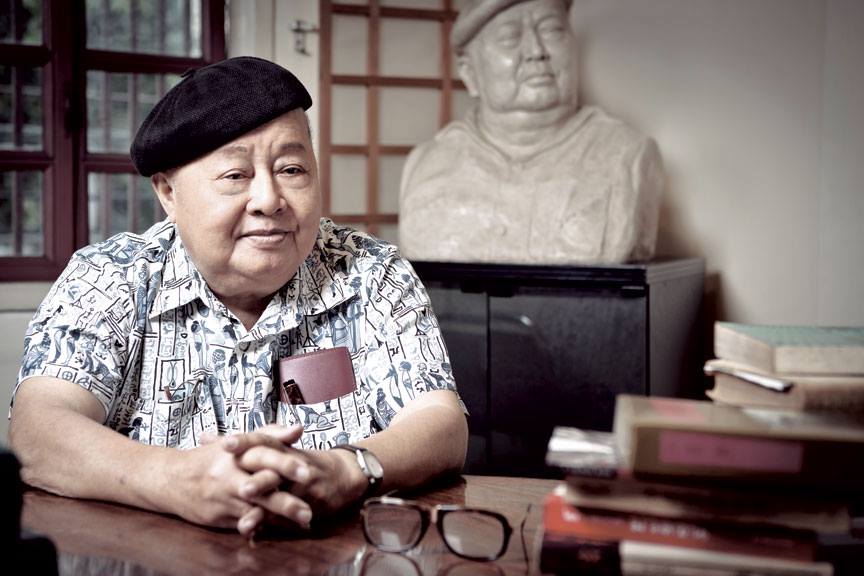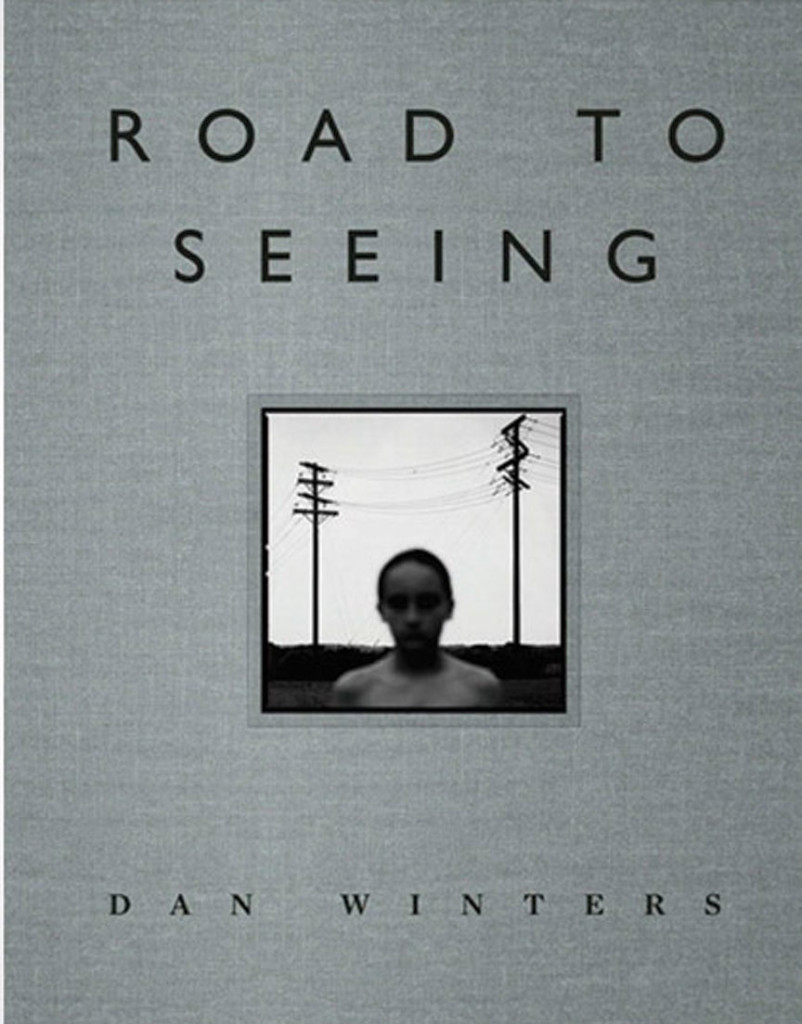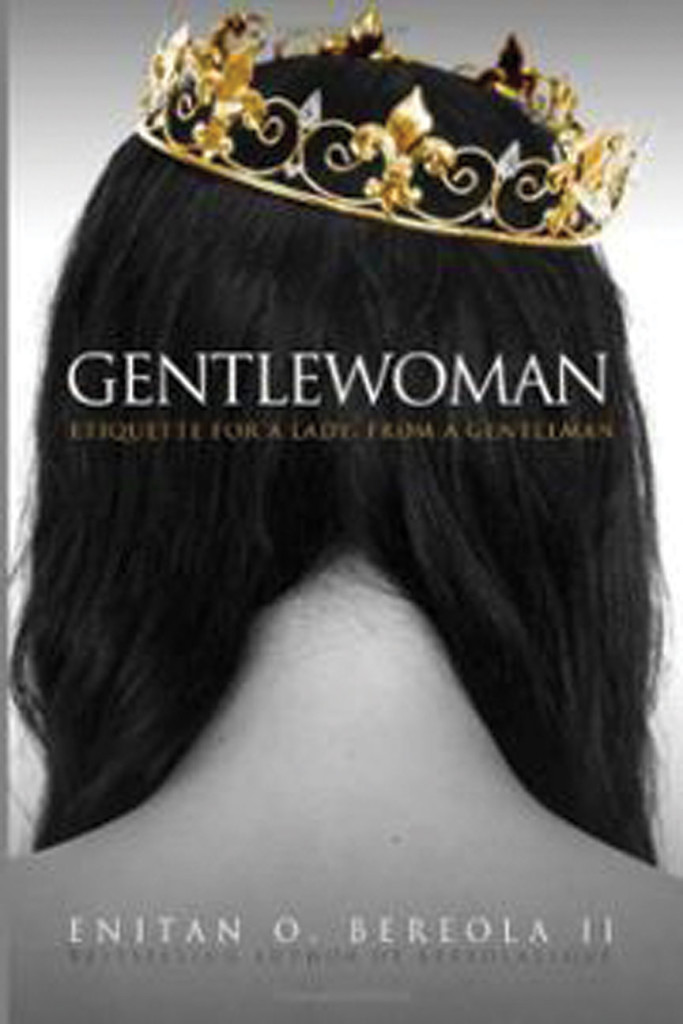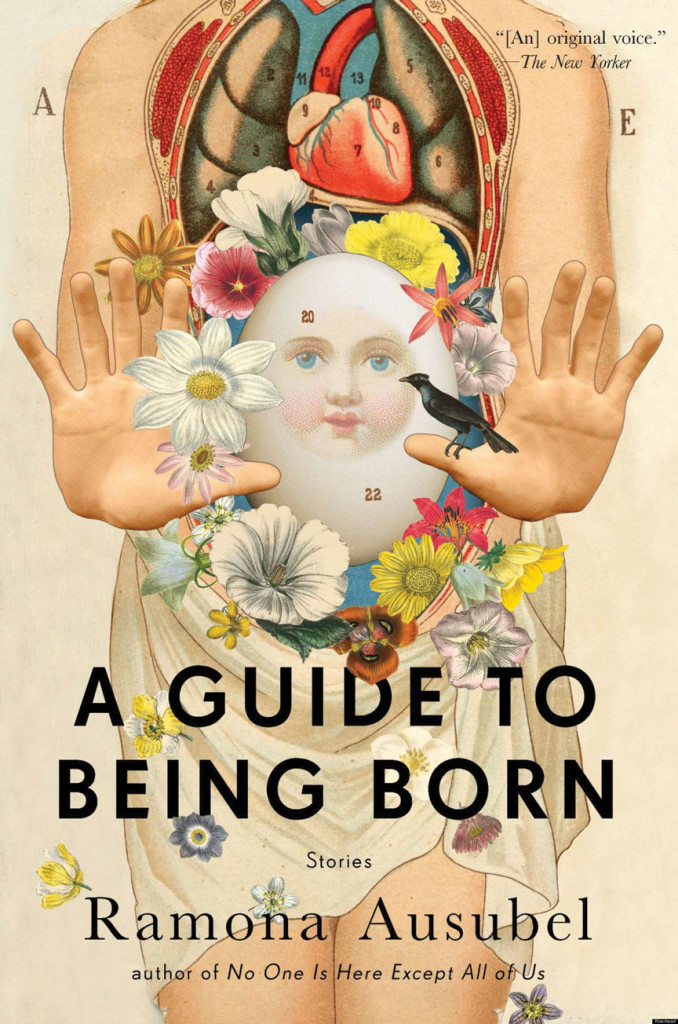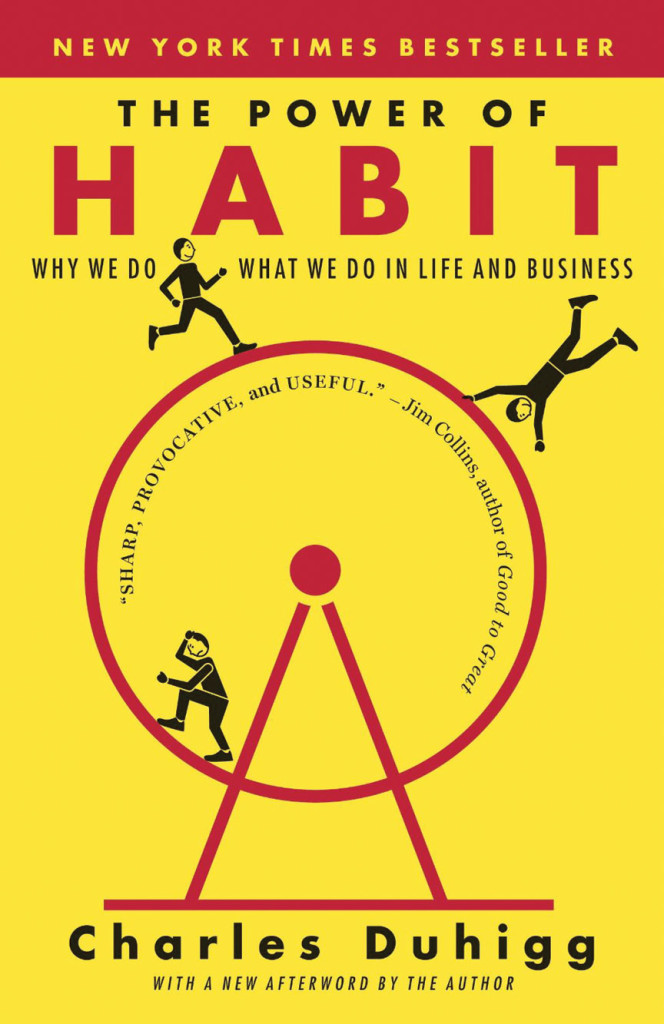by Miguel Martin D. Sarmenta | Photography by Mau Aguasin | Grooming by Raymund Jumao-As of Peps Silvestre Salon
April is National Literature Month in the Philippines, which gives us reason to pay tribute to National Artist F. Sionil Jose, one of, if not the most, vocal literary forces in our country. “I have been called a communist! A CIA operative!†he exclaims with much glee. His viewpoints on how literature must push a country forward, and on how society must be transformed, have always been uncompromising, unwavering and unafraid.
“The job of a writer for our time,†Jose says, “is not that far from what that little boy in that old story of The Emperor’s New Clothes did. Amidst a crowd, the boy was the only one who shouted that the Emperor was butt-naked.†The National Artist for Literature explains how writers must emphasize what is obvious and “transform the most mundane incident and embellish it with his imagination†into something “meaningful and universal.â€
This role is critical, as it allows our nation to see through the hypocrisy of politicians, who strut naked across our barangays during the “fiesta†we know as the election campaign.
A lesson on context
A writer, thus, must be contextual, he says. “They must be rooted, (so) they can speak about their country and people as honestly as (they) can.â€
You must have read at least one of his novels or short stories as required material in school like Ermita and the Rosales Saga.
The Rosales Saga is a series of novels where the characters and circumstances span an entire century, from 1872 to 1972. Intertwined with the nation’s history, which is filled with injustice and insurrections, the novels can also be read as commentaries and insights into the Philippine condition. On the other hand, Ermita is metaphorically powerful. It portrays its characters in ways that speak of how the Philippines, too, tries to escape the prostitution of its very soul.
Jose’s works do not only spring from a rich river of cultural context (Rosales is set in Jose’s own hometown) and reek of the very ills that beset the nation, they also offer ways to understand the author’s racial profile. Thus, one can see why he is so adamant that a writer must be true to his context. It is only because he himself is so.
His advice to writers: “Know yourself. Your self will be your critic. Your experiences will shape you. Your community and nation is your primary audience.â€
Jose also reminds us that how we use what we learn from other cultures, to express our own, is crucial.
This fusion is crucial, especially for an artist (which probably also accounts for why he is so hard on our artists) because “the artist provides a nation its cultural identity.†That is why Jose believes that fostering the will and patriotism of a people is indispensable to genuine progress. This, he adds, is what the Japanese and Americans have. “This is why we (the Filipinos) are mendicants. We have not invested enough in our people’s spirit.â€
“We are not a reading people,†he also observes. While people are waiting in line at the hospital, no one picks up a book or magazine to read. This lack of a culture of reading, he said, “in the long-run, is self-defeating.â€
In the way he talks and discusses literature and love of country, Jose does not appear to be Marxist. Nor CIA. Very much like Dr. Jose Rizal, whose novels inspired him, he is just fighting against injustice with the weapons he knows best: his imagination and his pen.
“It is (writers) who can see also beyond themselves, who know that the larger truths in life which are not expressed, should be — that they must always emphasize the obvious. (Writing) is not just a function, but a duty which we often do not recognize — those wrinkles on our faces and in the social fabric that we take for granted, the vile corruption, the inchoate evil which pervades the atmosphere,†he ends.
Standing up from the wooden table, he readjusts the beret on his head, and goes back to his little room at the top of his bookshop. Back to work. Back to the sentence or paragraph we probably interrupted him from completing. Back to writing.
Editor’s note: The original article featuring these excerpts was first published in PeopleAsia’s December 2012 – January 2013 issue. F. Sionil Jose was given a People of the Year award by PeopleAsia in 2013.Â
———————-
To further reawaken and celebrate the joy in reading, here’s a list of handpicked books for every kind of reader:
Road to Seeing by Dan Winters / New Riders
Renowned portrait photographer, Dan Winters, weaves a visual story composed of the photographs he holds most dear, photos that capture key moments in his life and career. After starting off as a photojournalist for a daily newspaper in California, Winters moved to New York where he built a career and glowing reputation that boasts of over 100 awards, including the prestigious Alfred Eisenstaedt Award for Magazine Photography. Known for his evocative images and his impeccable use of light, color and depth, Winter not only engages the common public, but also inspires the aesthetic eye of both new and veteran photographers through his book.
Gentlewoman: Etiquette for a Lady, from a Gentleman (BEREOLAESQUE) by Enitan O. Bereola II/ The Bereolaesque Group
Many a woman’s outcry is “Chivalry is dead!†But should they be so quick to judge men, because this prompts them to ask the same question, too; “Have they ever met a lady?†“When was the last time you met a lady? Not a woman, but a Lady,†asks Enitan Bereola in his new book Gentlewoman. Bereola sets out to explore the demise of feminity and class in contemporary society, sharing a lifetime of relevant research and insight that will inform, educate and empower womanhood. “From selecting wines to selecting a mate, I am re-branding etiquette. Making manners beautiful, again.
A Guide to Being Born by Ramona Ausubel /Â Riverhead HardcoverÂ
New literary talent Ramona Ausubel creates an enthralling new collection of 11 stories that “uses the world of the imagination to explore the heart of the human condition.†Organized around the major stages of a person’s life: love, conception, gestation and birth, A Guide to Being Born leads readers with moving, magical and sometimes humorous short stories that all can relate to. Discover love in all its manifestations.
On the Map: A Mind-Expanding Exploration of the Way the World Looks by Simon Garfield / Gotham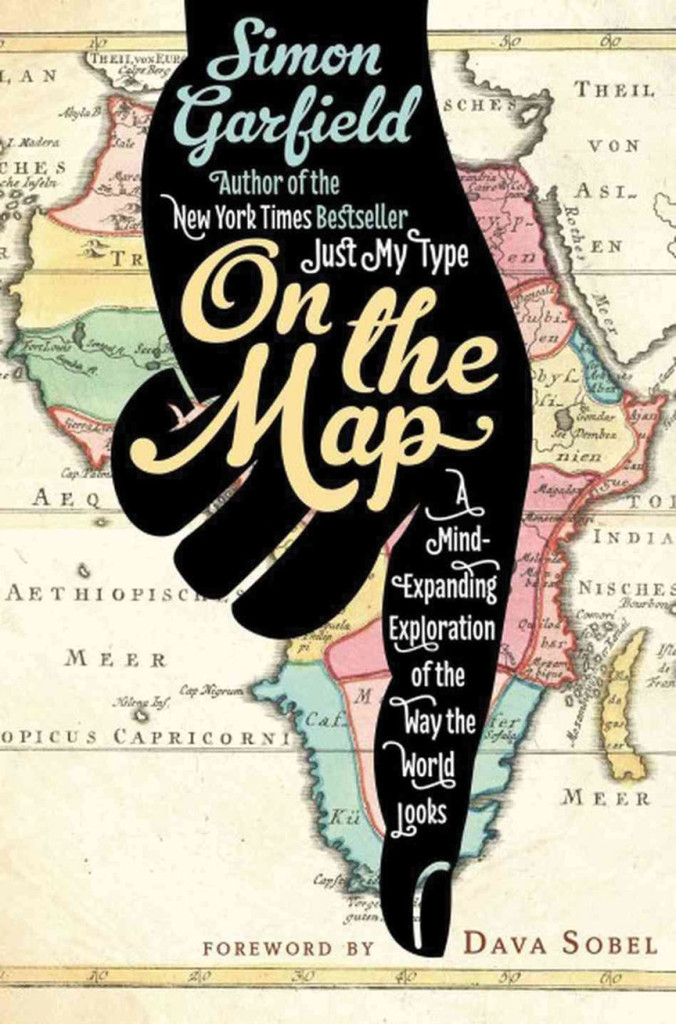
Simon Garfield, the author behind Just My Type (which dissects the world of fonts and our love/hate relationship with Comic Sans), unveils another world, one that takes us on a journey through time and around the globe. From the simplistic maps of our prehistoric ancestors to the medieval Mappa Mundi and the detailed satellite renderings of Google Maps and more, Garfield unearths “the unique way that maps relate and realign our history†and how it “reflects the best and worst of what makes us human.†On the Map is also packed with fascinating tales of cartographic intrigue, big personalities and amusing “pocket maps.â€
The Power of Habit: Why We Do What We Do in Life and Business by Charles Duhigg/ Random House
In The Power of Habit, award-winning reporter Charles Duhigg takes the vast amounts of information from the most relevant studies and brings to the forefront exciting new scientific discoveries that explain why habits exist and how they determine our success. Whether the goal is big or small, habits will determine the outcome of our efforts. With stories that take us to the boardrooms of the world’s renowned multinational companies like Procter & Gamble to the heated sidelines of the NFL and civil rights movements, this book is an engaging read that reveals a new understanding of human nature and more importantly, our potential.

